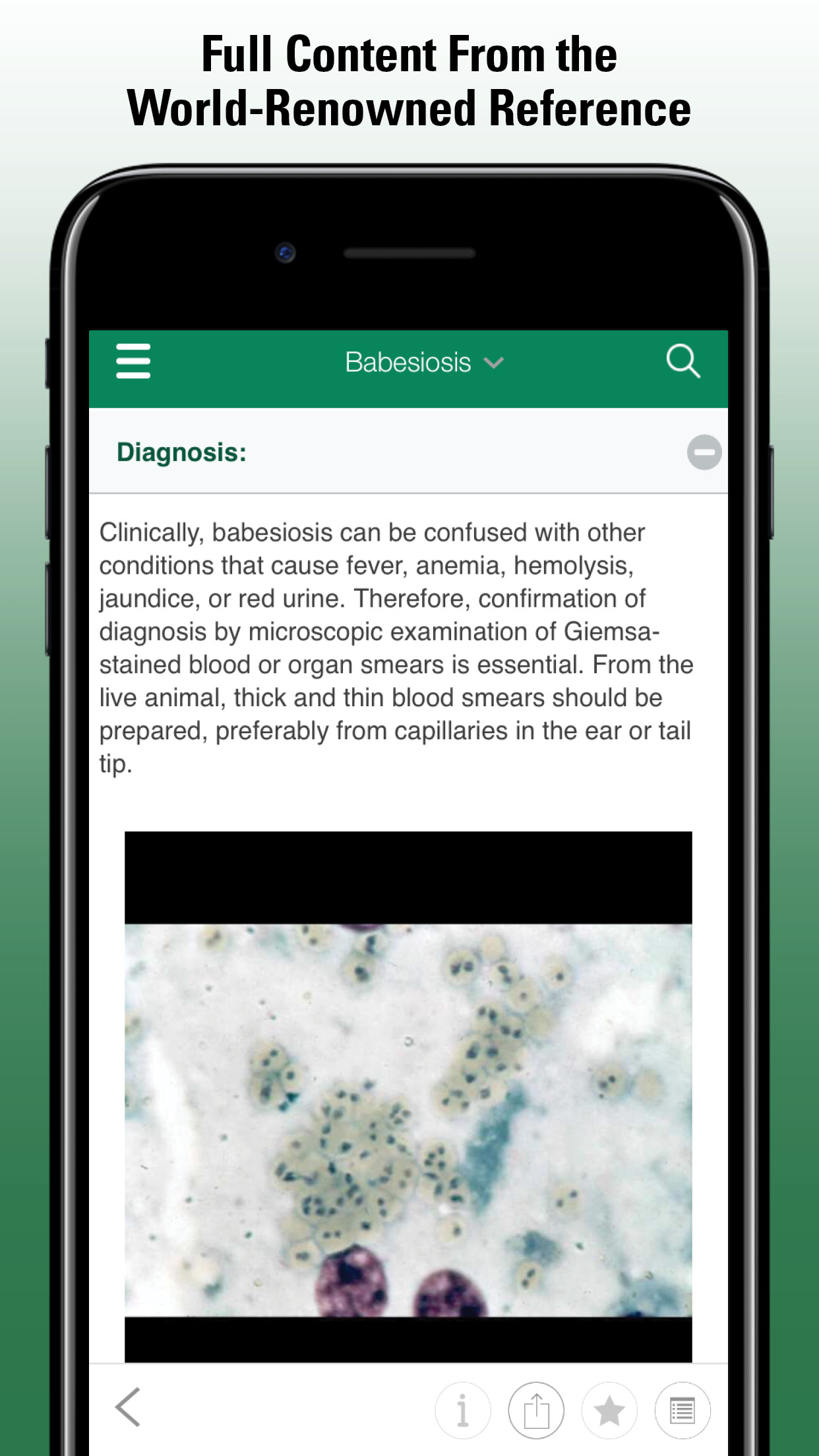Cryptococcosis
Cryptococcosis is a systemic fungal disease that may affect the respiratory tract (especially the nasal cavity), CNS, eyes, and skin (particularly of the face and neck of cats). The causal fungi, Cryptococcus neoformans and C gattii, exist in the environment and in tissues in a yeast form. Infection occurs worldwide. The fungi are found in soil and fowl manure, especially in pigeon droppings. Transmission is by inhalation of spores or contamination of wounds. In avian droppings, it may occur in a noncapsulated form as small as 1 μm, which can be inhaled into the deeper portions of the lungs. Cryptococcosis is most common in cats but also is seen in dogs, cattle, horses, sheep, goats, birds, and wild animals. In people, many cases are associated with a defective cell-mediated immune response.
Clinical Findings and Lesions:
Bovine cryptococcosis has been associated only with cases of mastitis, and many cows in a herd may be infected. Affected cows have anorexia, decreased milk flow, swelling and firmness of affected quarters, and enlarged supramammary lymph nodes. The milk becomes viscid, mucoid, and gray-white, or it may be watery with flakes. The disease in horses almost invariably is a respiratory ailment with obstructive growths in the nasal cavities.
In cats, upper respiratory signs secondary to nasal cavity infection are most common and include sneezing; mucopurulent, serous, or hemorrhagic unilateral or bilateral chronic nasal discharge; polyp-like mass(es) in the nostril; and/or a firm, subcutaneous swelling over the bridge of the nose. Cutaneous lesions are also common and are characterized by papules and nodules that are fluctuant to firm. Larger lesions tend to ulcerate, leaving a raw surface with a serous exudate. Neurologic signs associated with cryptococcosis of the CNS may include depression, changes in temperament, seizures, circling, paresis, and blindness. Ocular abnormalities may also develop, including dilated unresponsive pupils and blindness due to exudative retinal detachment, granulomatous chorioretinitis, panophthalmitis, and optic neuritis.
In contrast to cats, dogs often have disseminated disease with CNS or ocular involvement. Clinical signs are often related to meningoencephalitis, optic neuritis, and granulomatous chorioretinitis. Lesions in the nasal cavity of many dogs have been reported, but they are usually not the primary finding or reason for presentation. Approximately 50% of dogs have lesions in the respiratory tract, usually the lungs, and most have granulomas present in multiple systems. Structures often involved in order of decreasing frequency are kidneys, lymph nodes, spleen, liver, thyroid, adrenals, pancreas, bone, GI tract, muscle, myocardium, prostate, heart valves, and tonsils.
Lesions associated with cryptococcosis vary from a gelatinous mass, consisting of numerous organisms with minimal inflammation, to granuloma formation. The lesion is usually composed of aggregates of encapsulated organisms within a connective tissue reticulum. The cellular response is primarily macrophages and giant cells with a few plasma cells and lymphocytes. Epithelioid giant cells and areas of caseous necrosis are less common than with the other systemic mycoses.
Diagnosis:
The most rapid method of diagnosis is cytologic evaluation of nasal exudate, skin exudate, CSF, or samples obtained by paracentesis of the aqueous or vitreous chambers of the eye or by impression smears of nasal or cutaneous masses. Gram stain is most useful; the organism retains the crystal violet, whereas the capsule stains lightly red with safranin. India ink is also used to visualize the organism, which appears unstained and silhouetted against a black background. It is not as definitive as Gram stain unless budding is seen, because lymphocytes, fat droplets, and aggregated India ink particles may be confused with the organism. Wright stain has been used most often in diagnosing canine and feline cases, but this stain can cause the organism to shrink and the capsule to become distorted. New methylene blue and periodic acid-Schiff (PAS) stains are better than Wright stain for this reason. Because cytologic evaluation is rapid, impression smears or potassium hydroxide preparations should always be made of suspected cryptococcal lesions.
If no organisms are seen, a biopsy of the lesion can be taken; part of the sample can be used for culture and the rest processed for routine histology. The organism can be stained with H&E;, but the capsule does not stain. The organism is more easily visualized with PAS and Gomori methenamine silver stains, but the capsule does not stain with these, either. The best stain for Cryptococcus is Mayer mucicarmine because of its ability to stain the capsule. Immunofluorescent staining can also be used. The large capsule and thin cell wall of Cryptococcus differentiate it from Blastomyces. Cryptococcus, by its budding and lack of endospores, can be distinguished from Coccidioides immitis.
Detection of cryptococcal capsular antigen in serum, urine, or CSF is a useful, rapid method of diagnosis in those suspected cases in which the organism is not identified. A latex agglutination test is commercially available in kit form. The antigen titer can also be used to help determine response to therapy.
The organism can be cultured from exudate, CSF, urine, joint fluid, and tissue samples if a large enough sample volume is available. Sabouraud agar with antibiotics is used if bacterial contamination is likely.
Treatment:
Fluconazole (2.5–10 mg/kg/day) or itraconazole (10 mg/kg/day) are considered the treatments of choice. Amphotericin B can be given SC (0.5–0.8 mg/kg diluted in 0.45% saline containing 2.5% dextrose; 400 mL for cats, 500 mL for dogs <20 kg, 1,000 mL for dogs >20 kg), 2–3 times per wk. Amphotericin B lipid complex (1–2 mg/kg for cats or 2–3 mg/kg for dogs) can also be given 3 times/wk for 12–15 treatments. Flucytosine can be used alone; however, drug resistance may develop, so combination therapy with amphotericin is recommended.




